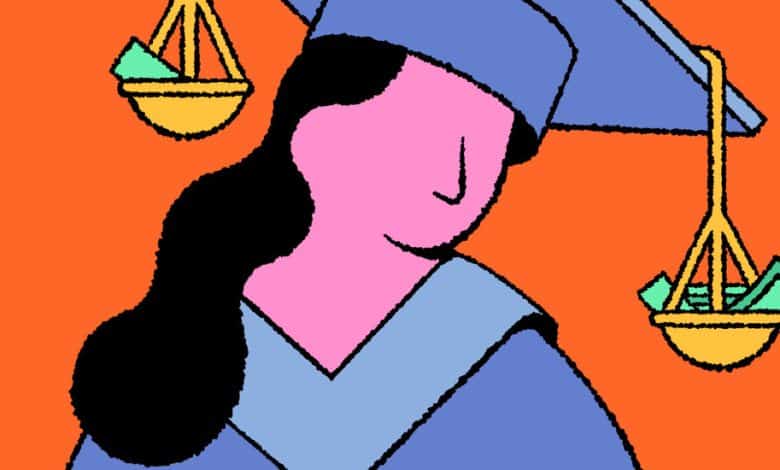Interest on Federal Student Loans Is Rising to 6.53%

This has already been a challenging year for college applicants, starting with the problems with a crucial federal form that delayed financial aid offers. Now, students and families have more to worry about: The cost of borrowing for college for the next school year is rising to the highest rate in more than a decade.
The interest rate on new federal student loans for undergraduates will be 6.53 percent as of July 1, up from 5.5 percent this year, the Education Department announced last week.
Rates on loans for graduate and professional students will rise to 8.08 percent. And rates on PLUS loans — extra financing available to parents of undergraduate students as well as to graduate students — will increase to 9.08 percent.
Rates on federal student loans are based on a formula, set by Congress, that takes the high yield on the 10-year Treasury note from an auction in May, plus a fixed, added rate, depending on the type of loan. The yield at the May 8 auction was 4.483 percent, plus an added 2.05 percent for undergraduate loans. (The yield last year in the Treasury auction was 3.448. Add-on rates are higher for graduate and PLUS loans.)
Interest rates generally have remained high as the Federal Reserve has battled inflation. Still, the new student loan rates seem especially steep compared with just a few years ago, said Mark Kantrowitz, a financial-aid expert. In the 2020-21 academic year, the rate on undergraduate loans was 2.75 percent. Still, rates were as high as 14 percent in the early 1980s, Mr. Kantrowitz said.
The new rates apply to loans borrowed from July 1 through June 2025 and remain fixed for the life of the loan. They don’t apply to loans that students have already taken out.